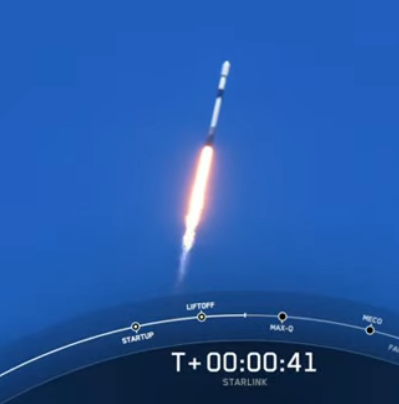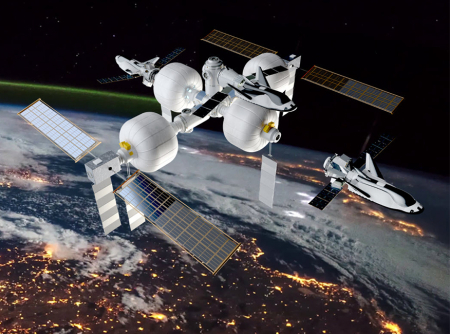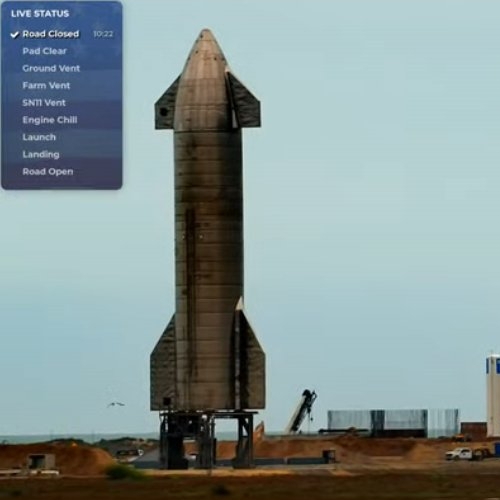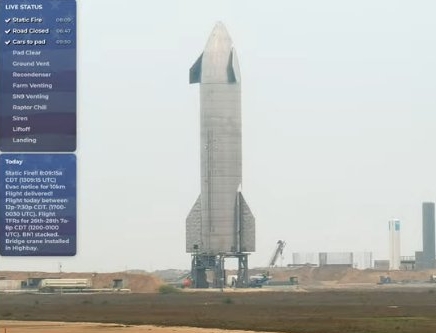Rocket Lab to recover 1st stage on next flight
Capitalism in space: Rocket Lab yesterday announced that in its continuing program to make the first stage of its Electron rocket reusable, it will attempt to recover the stage after splashdown in the ocean during its next launch in May.
While Electron’s second stage delivers the satellites to orbit, Electron’s first stage will undertake a series of complex maneuvers designed to enable the stage to survive the extreme heat and forces of atmospheric re-entry on the way back to Earth.
As the rocket reaches speeds of around eight times the speed of sound on its descent, the air around Electron heats up to 2,400 °C generating an extremely hot plasma that creates a red-orange glow around the re-entering stage. Because Electron will enter the atmosphere engines first, the nine 3D printed Rutherford engines on the first stage will bear the brunt of this extreme heating. To withstand the immense temperatures, this Electron features an evolved heat shield designed to protect the engines and direct the force of the plasma away from the rocket. After entering the atmosphere, Electron will deploy a drogue parachute to help begin the process of slowing the rocket down and stabilizing its descent. Once Electron is at subsonic speeds, a circular parachute is deployed to help further slow the rocket in preparation for a gentle ocean splashdown. A Rocket Lab vessel will then rendezvous with the stage in the splashdown zone, approximately 650 km from Launch Complex 1, and retrieve it for transport back to Rocket Lab’s Production Complex for inspection.
They did the same thing on the previous launch. This second test will be to validate what was learned then.
If all goes as planned, they hope the next recovery attempt will be an in-air snatch by a helicopter, before the stage hits the water. If that is successful that stage will then be capable of re-use.
Capitalism in space: Rocket Lab yesterday announced that in its continuing program to make the first stage of its Electron rocket reusable, it will attempt to recover the stage after splashdown in the ocean during its next launch in May.
While Electron’s second stage delivers the satellites to orbit, Electron’s first stage will undertake a series of complex maneuvers designed to enable the stage to survive the extreme heat and forces of atmospheric re-entry on the way back to Earth.
As the rocket reaches speeds of around eight times the speed of sound on its descent, the air around Electron heats up to 2,400 °C generating an extremely hot plasma that creates a red-orange glow around the re-entering stage. Because Electron will enter the atmosphere engines first, the nine 3D printed Rutherford engines on the first stage will bear the brunt of this extreme heating. To withstand the immense temperatures, this Electron features an evolved heat shield designed to protect the engines and direct the force of the plasma away from the rocket. After entering the atmosphere, Electron will deploy a drogue parachute to help begin the process of slowing the rocket down and stabilizing its descent. Once Electron is at subsonic speeds, a circular parachute is deployed to help further slow the rocket in preparation for a gentle ocean splashdown. A Rocket Lab vessel will then rendezvous with the stage in the splashdown zone, approximately 650 km from Launch Complex 1, and retrieve it for transport back to Rocket Lab’s Production Complex for inspection.
They did the same thing on the previous launch. This second test will be to validate what was learned then.
If all goes as planned, they hope the next recovery attempt will be an in-air snatch by a helicopter, before the stage hits the water. If that is successful that stage will then be capable of re-use.





